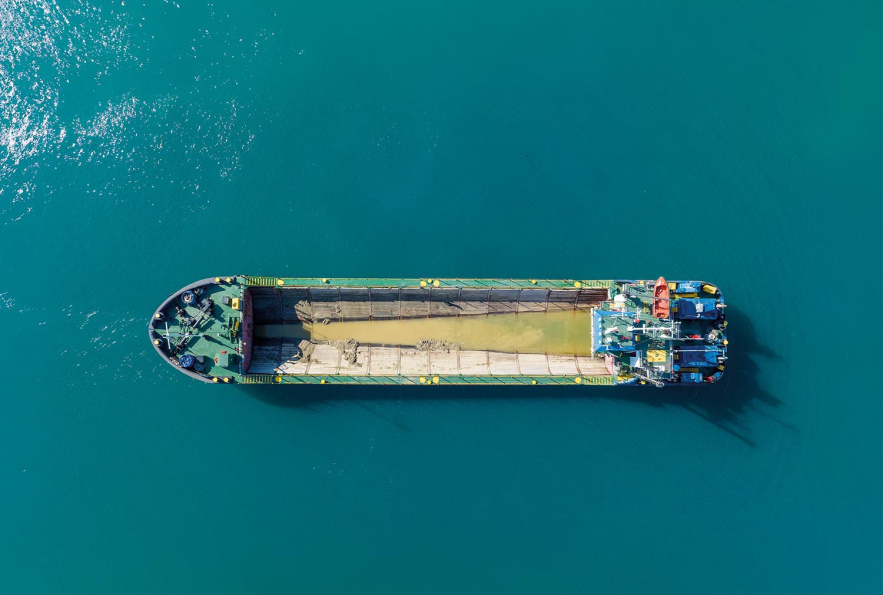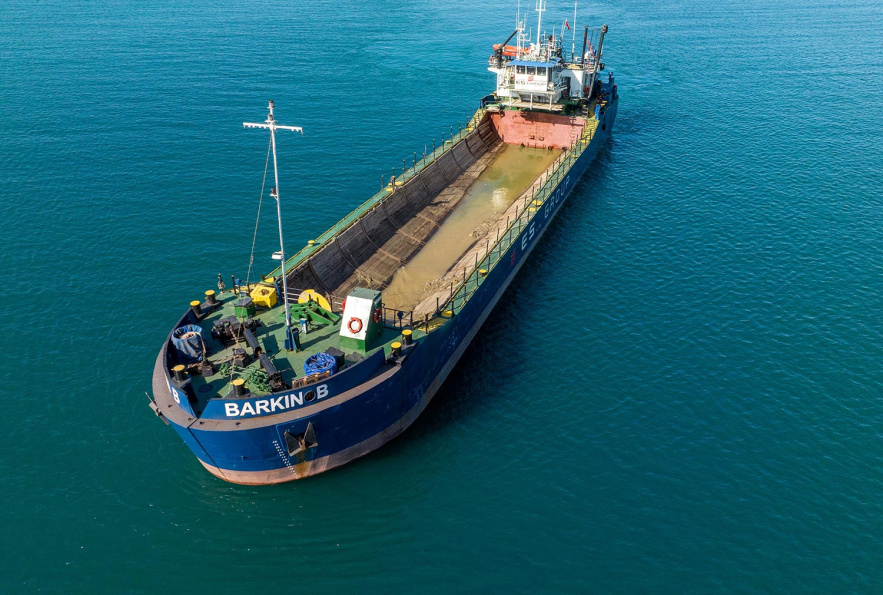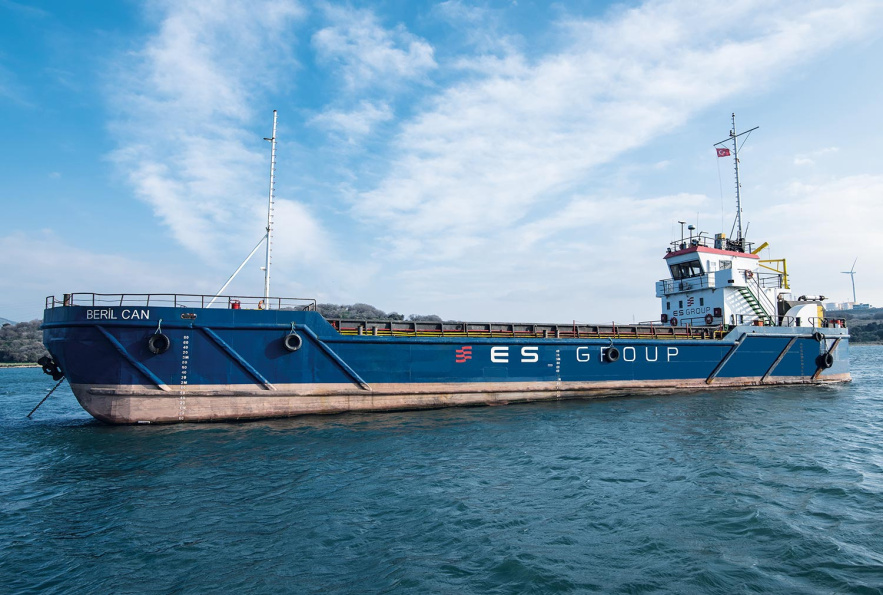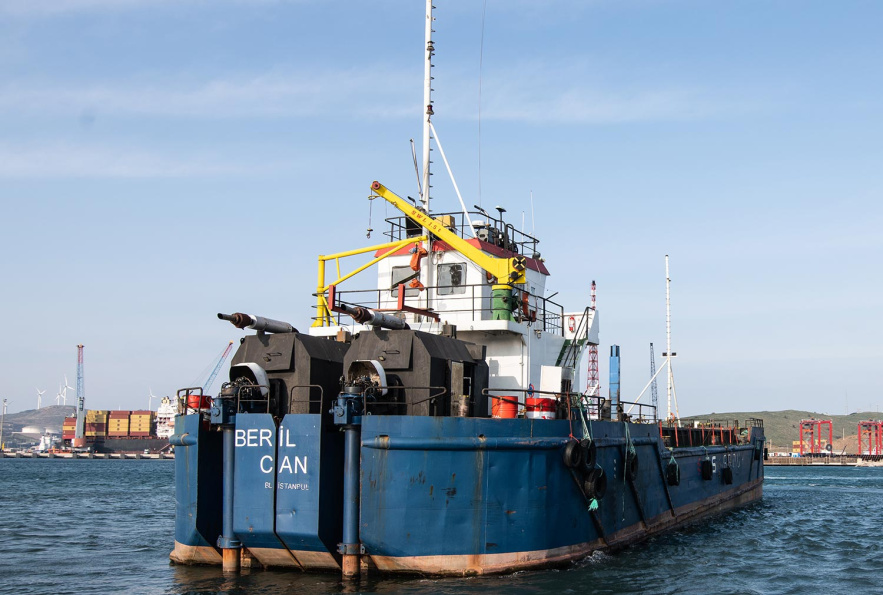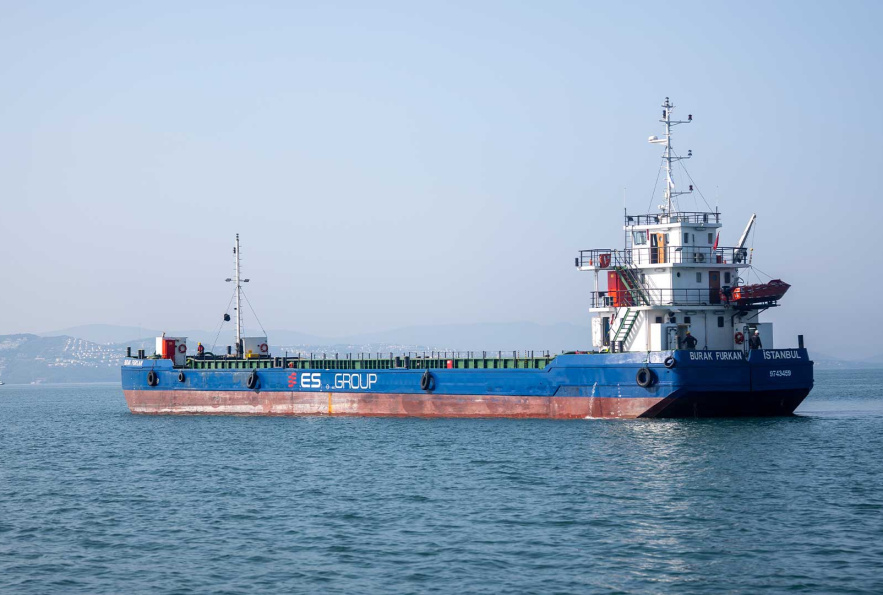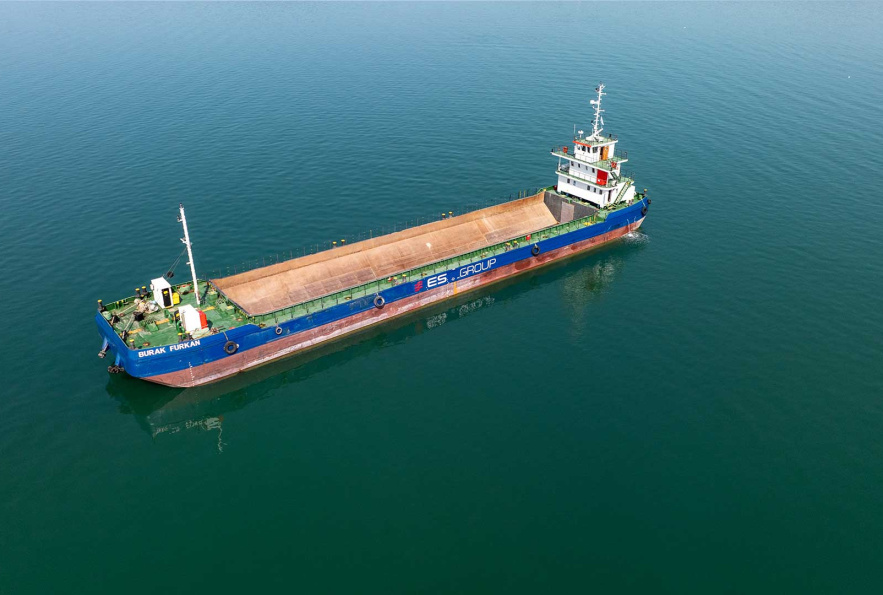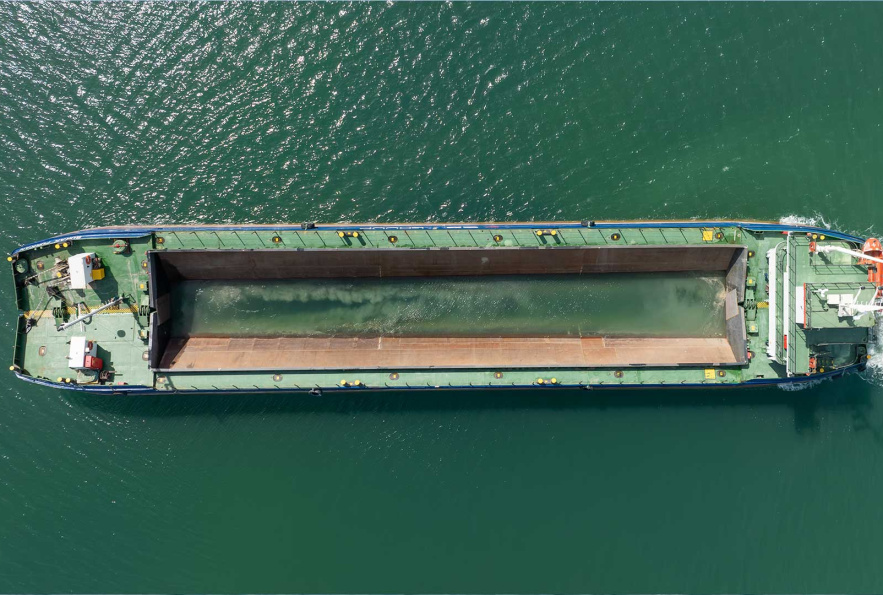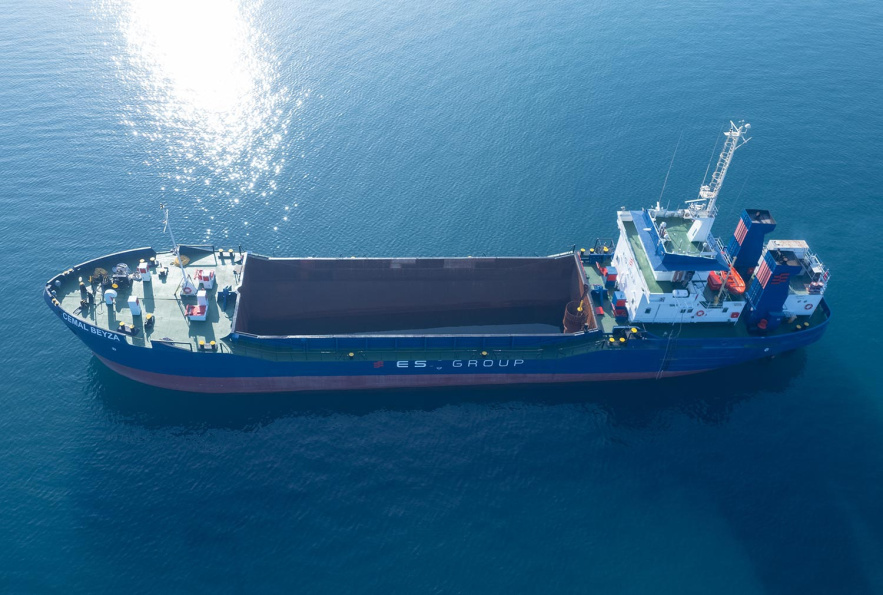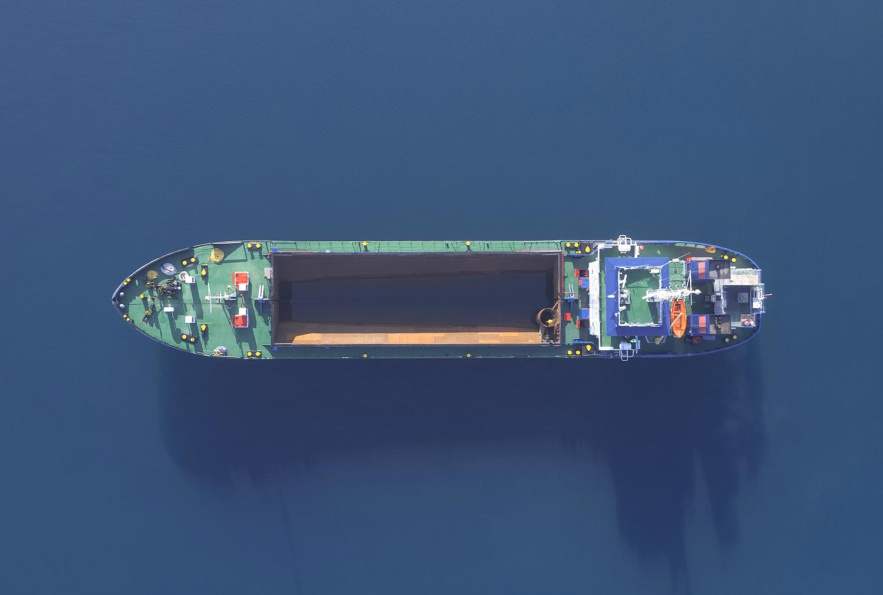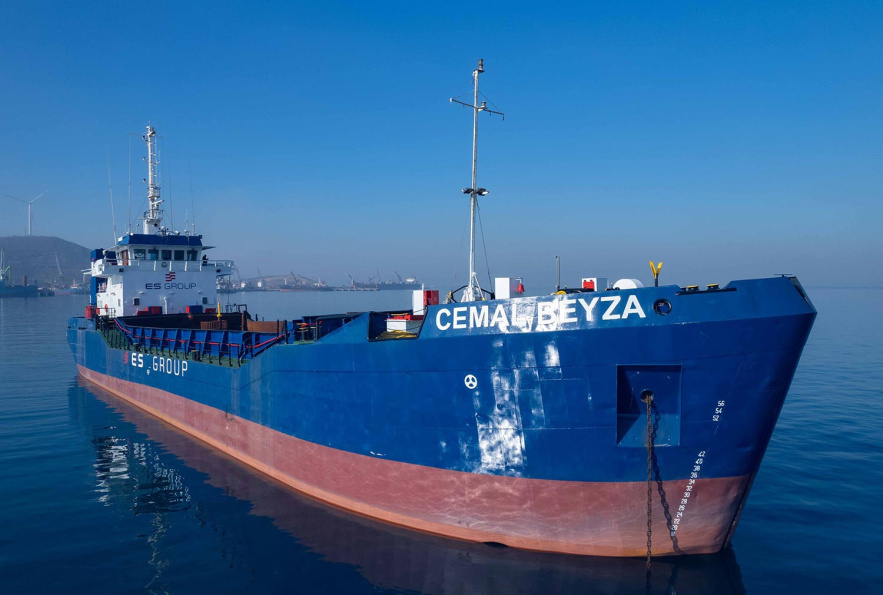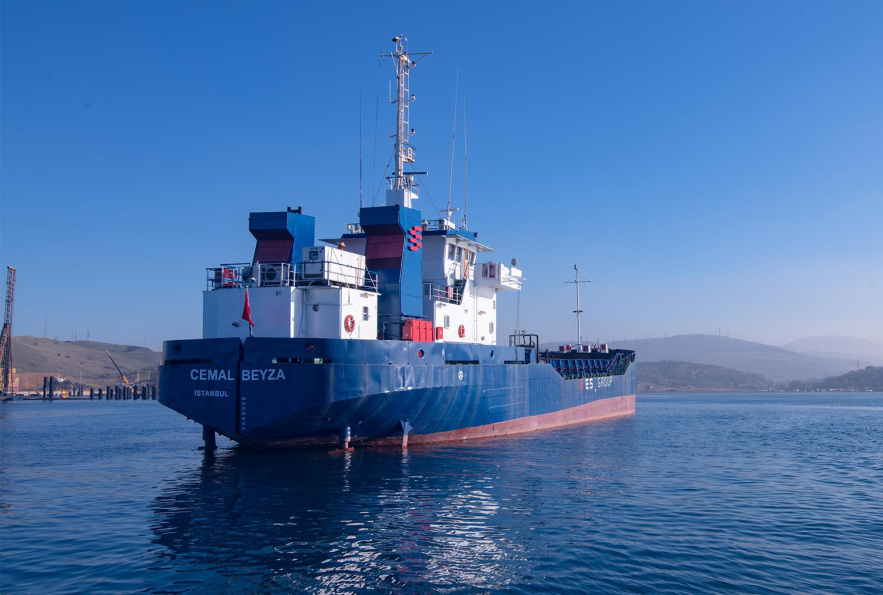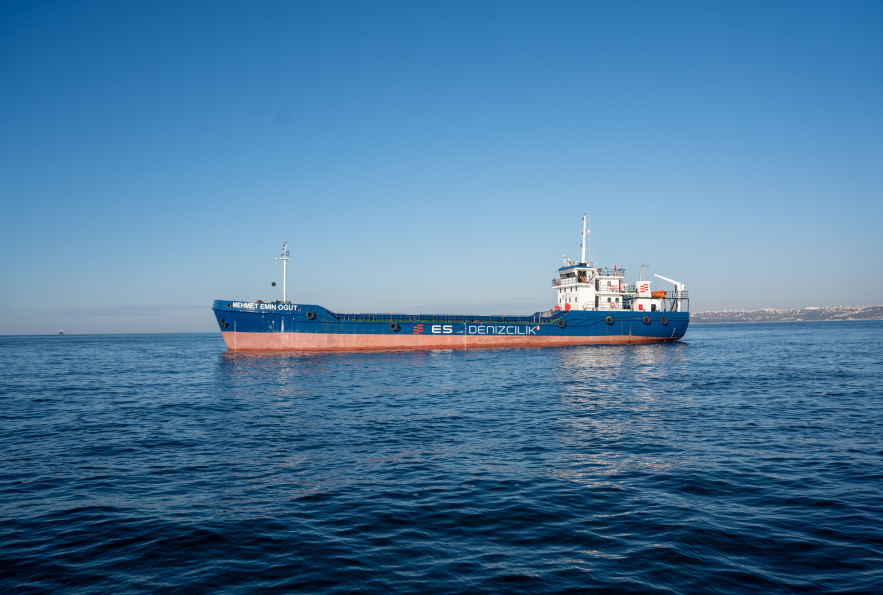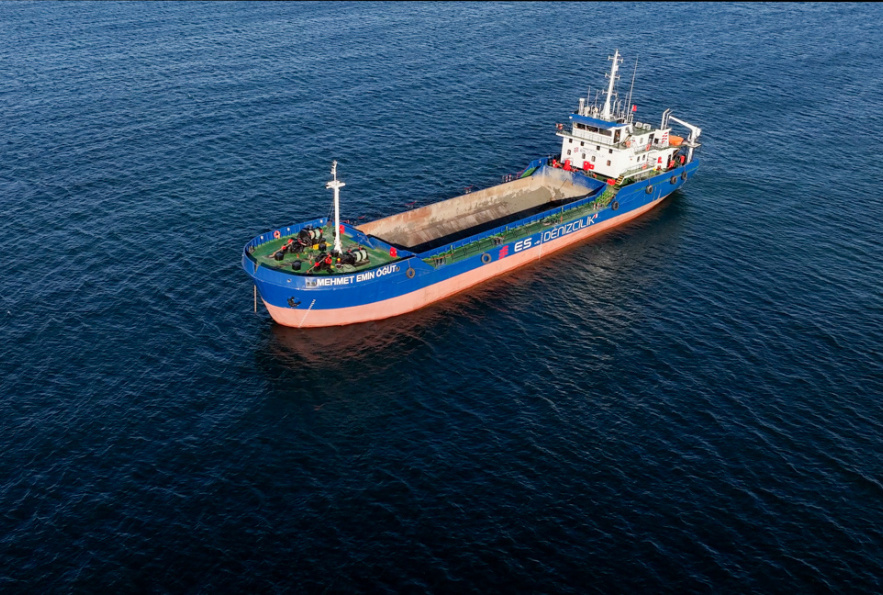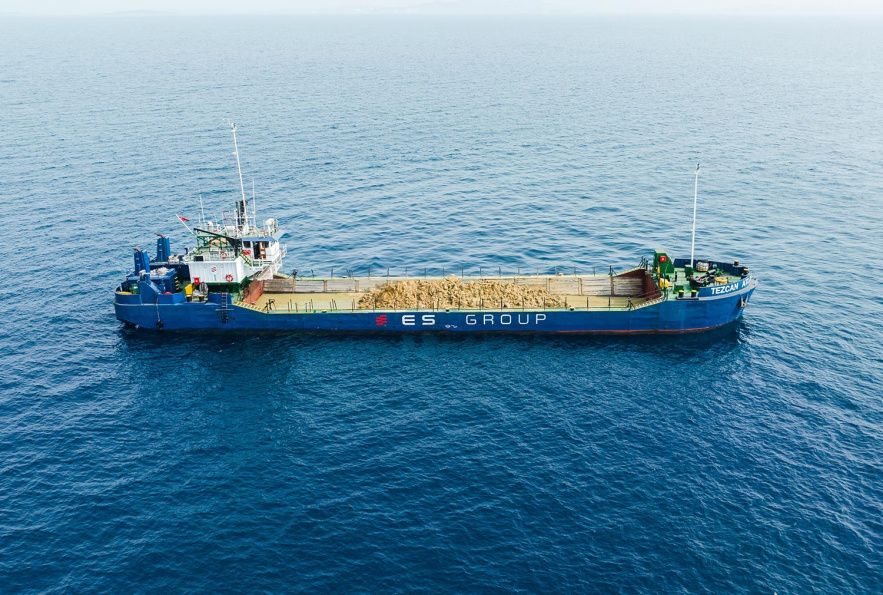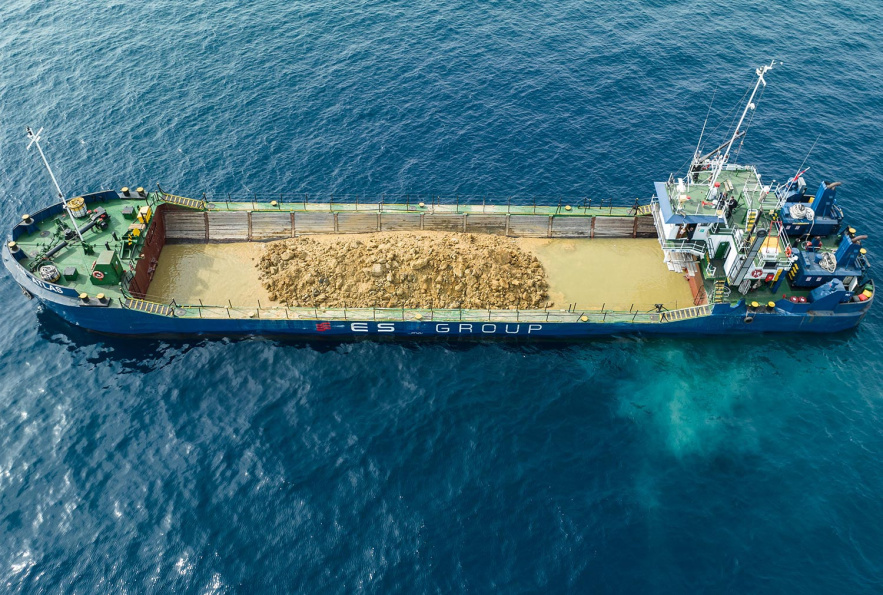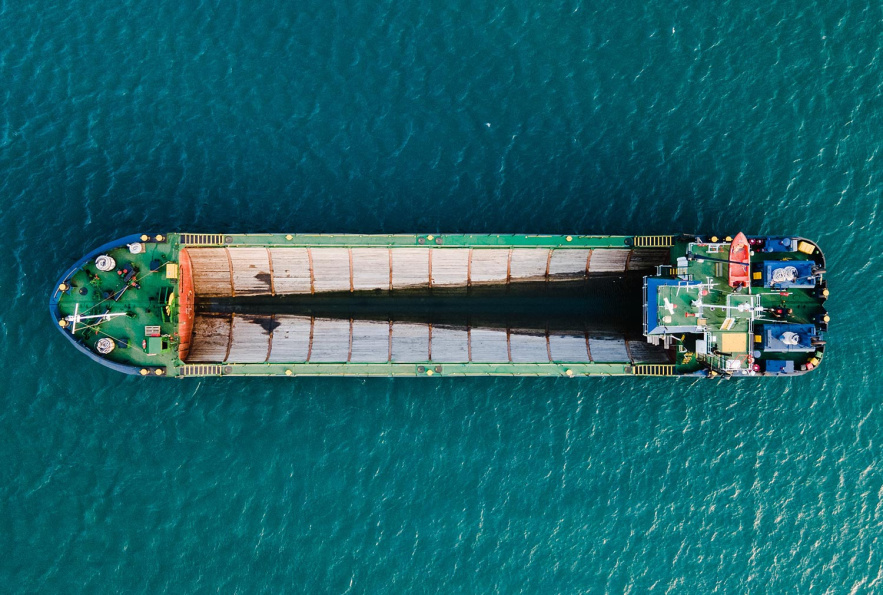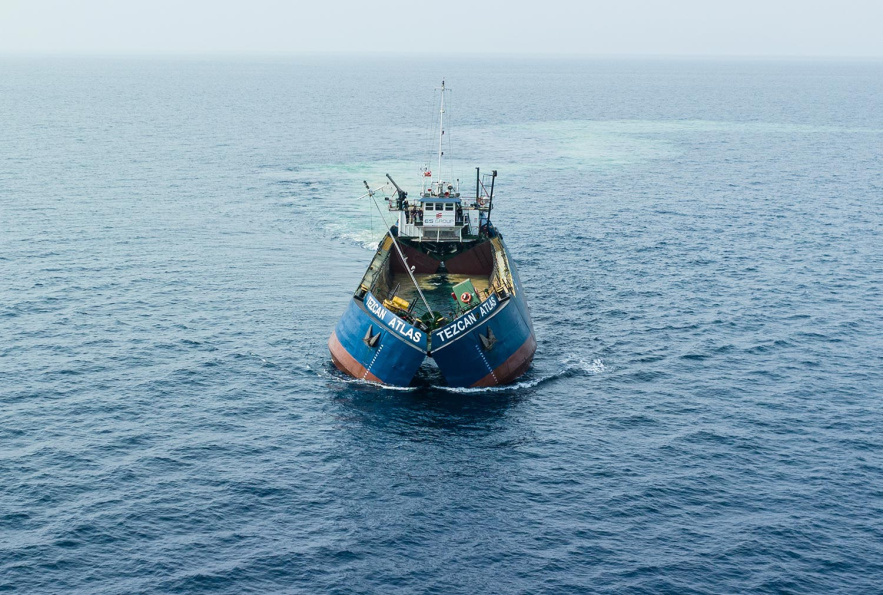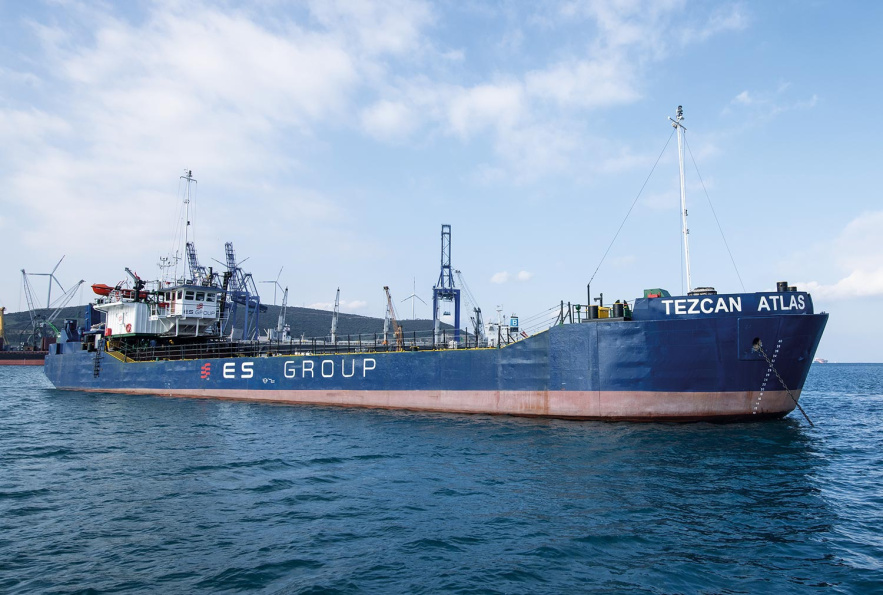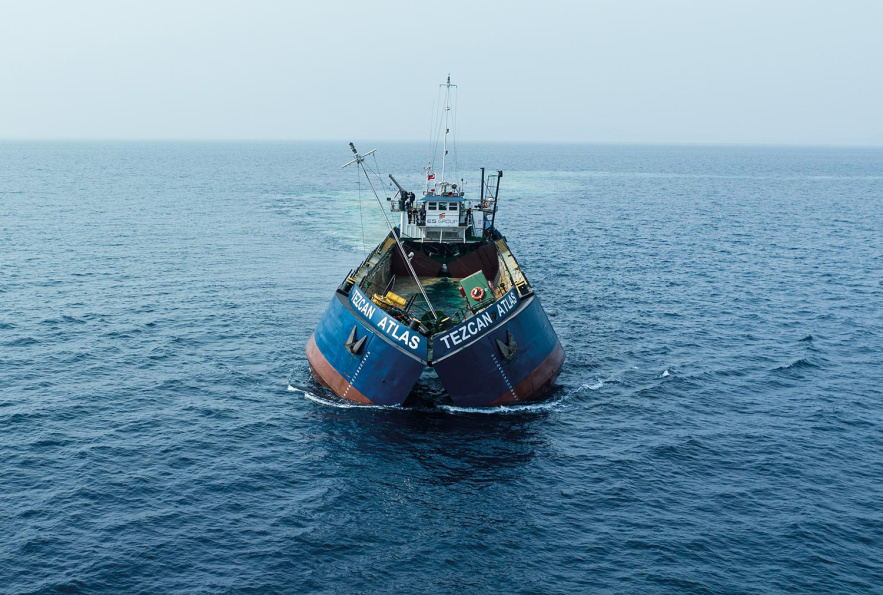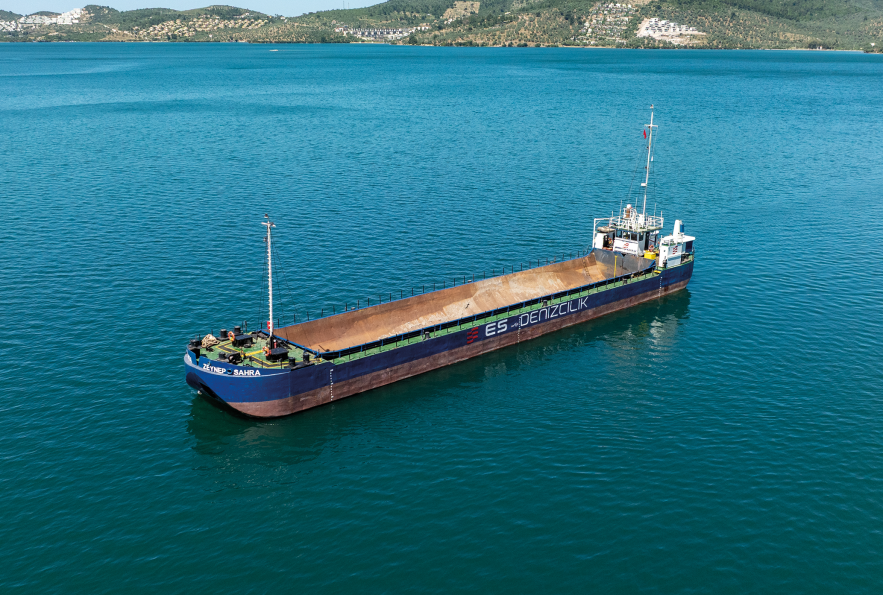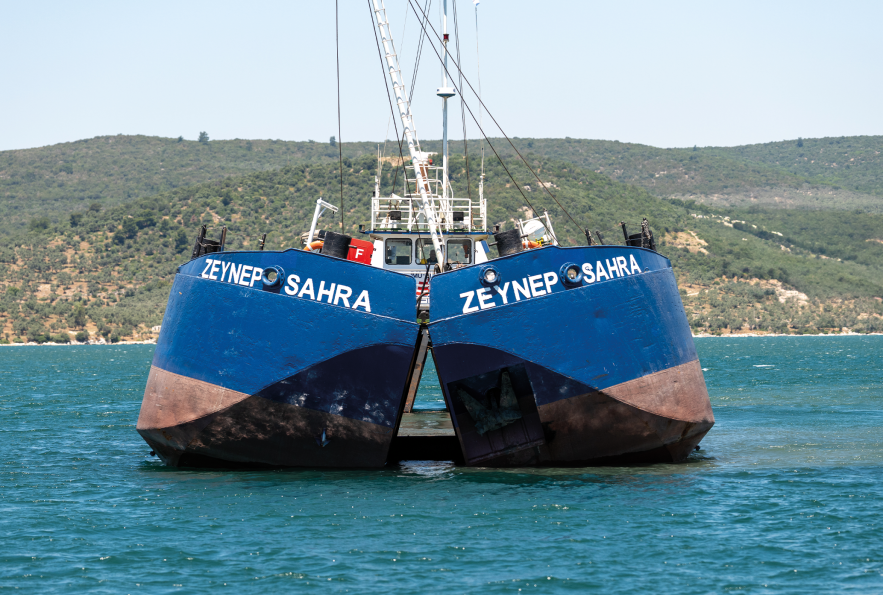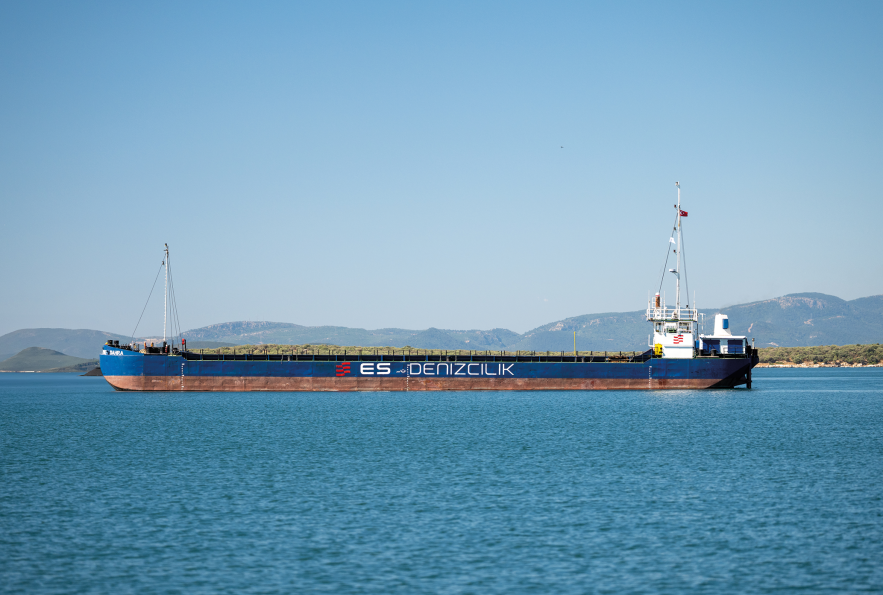Split Hopper Barge
A self-propelled Split Hopper Barge is used to transport loads such as dredged sand, soil, mud, and rock. It consists of two semi-hull sections connected at the top by hinges and at the bottom by hydraulic cylinders. The barge can split its hull in two to unload its cargo. It is utilized in operations such as seabed dredging, filling, and land reclamation.
Split Hopper Barges are specially designed for dredging operations, which involve excavating and removing sediments and debris from the seabed to maintain port depths and coastal areas. They play a crucial role in preserving waterways for transportation, preventing flooding, and land reclamation projects.
A distinctive feature of the vessel is the large loading funnel or hold located between its two hulls, which can vary in size. The split design allows the vessel to open its bottom and precisely deposit the dredged materials in designated disposal or reclamation areas. Despite their size and volume, Split Hopper Barges are designed to provide high maneuverability in shallow waters and confined spaces. They are also used in large-scale land reclamation projects to create new land masses or expand existing coastlines for urban development or infrastructure projects.
By dredging sediments that obstruct water flow in coastal areas, they help improve drainage and reduce the risk of flooding during heavy rainfall or storm surges.



